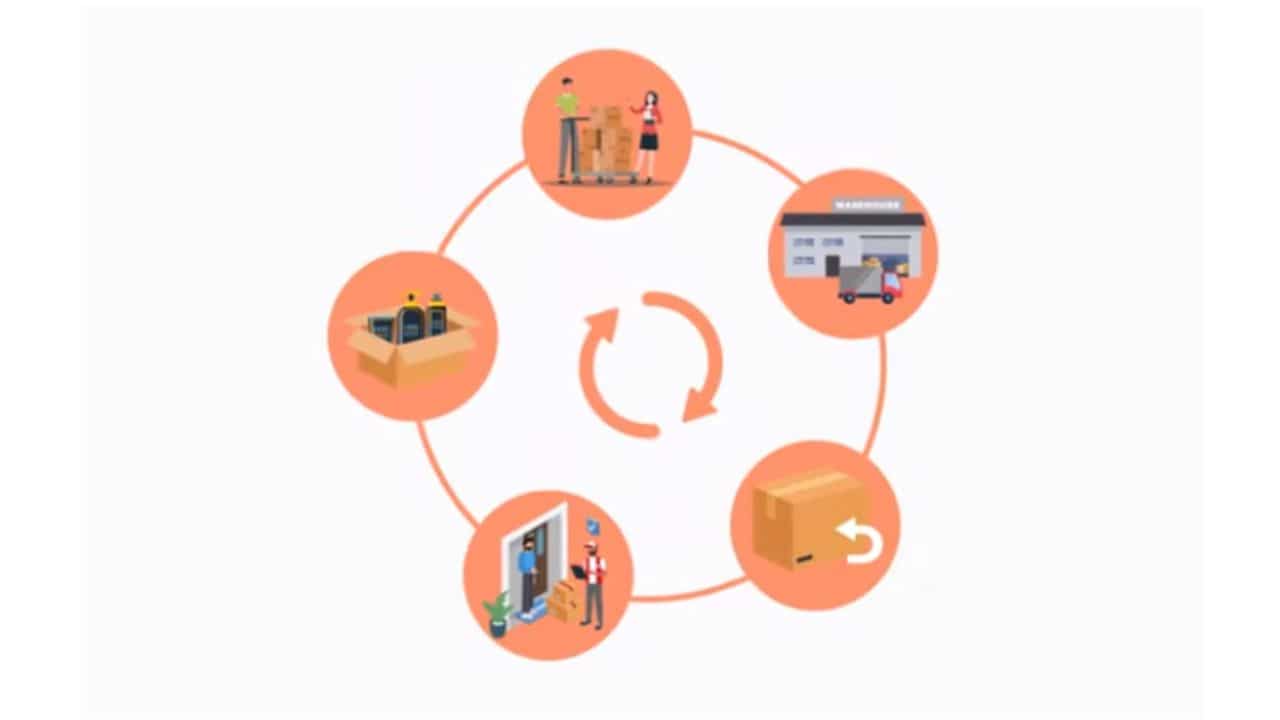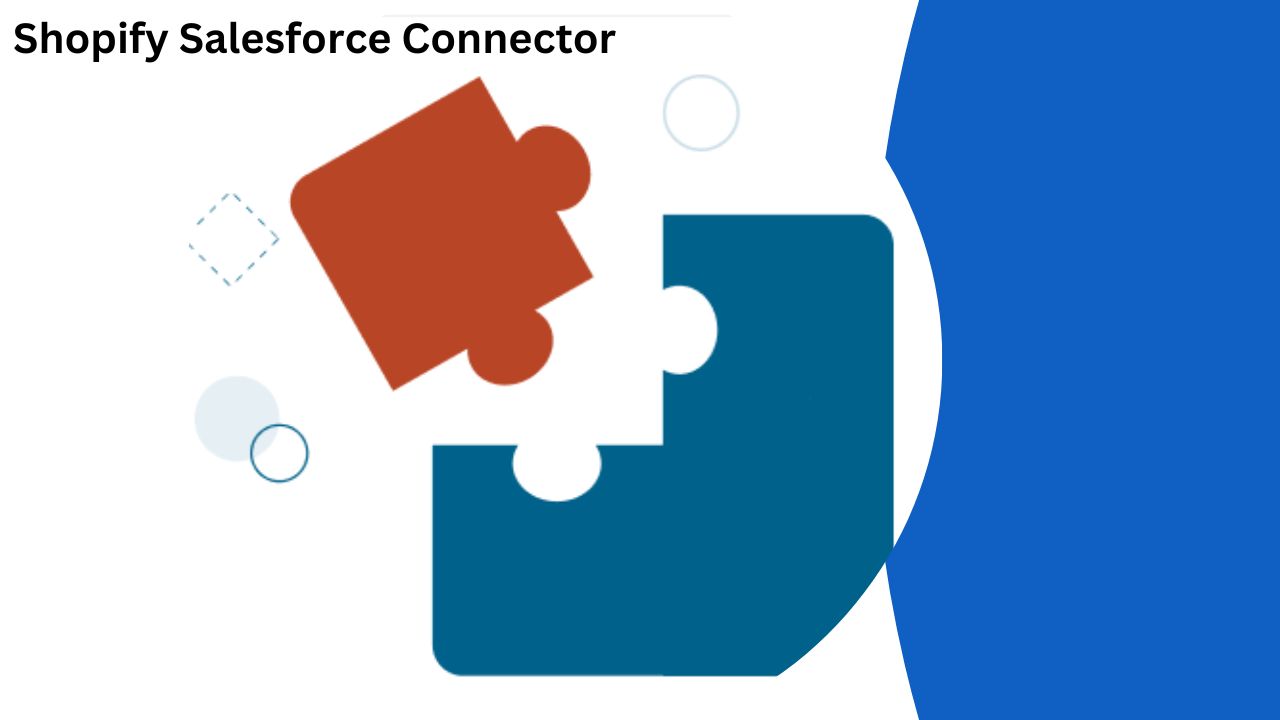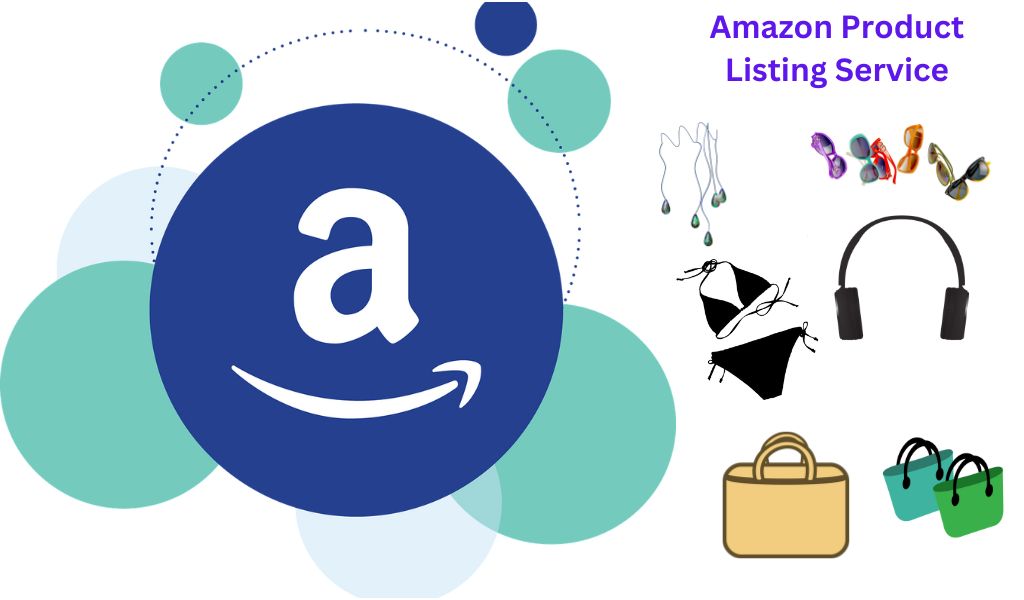E-commerce, like conventional businesses with physical stores, has challenges. With all of the study and planning that goes into selecting a platform and creating a website, e-commerce may seem overwhelming at first. Since the e-commerce sector is always changing, online businesses must continuously update their websites to remain relevant and attract customers. With the help of the following 10 e-commerce strategies, you can keep a profitable online business under control and organized.
Make Your Website User-Friendly
It is critical to have an easy-to-navigate website while doing business online, along with smart merchandising solutions. Customers will leave if they can’t locate what they’re searching for or if your website is sluggish and difficult to use. Make an effort to improve your website’s user experience. If the thought of managing a whole website overwhelms you, start with a landing page.
Provide Free Shipping
Offering free delivery might increase conversions and sales. If you do not offer free delivery, you will lose a considerable amount of money. There are several free delivery service options available. You may include delivery charges in the product price, give free shipping on orders above a particular threshold, or use Shopify Shipping to negotiate lower pricing with major shipping carriers.
Feature Your Items with High-Quality Images
Internet purchases are invisible to the client and cannot be touched. Use high-quality images to show prospective buyers what they are looking for. Include photographs that are zoomed in or close-ups of the product if at all feasible. Don’t forget about the video! A professionally created video of your product may demonstrate to prospective buyers how to utilize your items.
There are several alternatives to hiring a professional photographer. You might look for free stock photographs on the internet or shoot shots using your phone. Simply use images that are blemish-free, clear, and true representations of your merchandise.
Include All the Facts Consumers Need in Product Descriptions
Because product-specific content is such a vital marketing tool, be sure you write it efficiently. Include dimensions, color, materials, and any special features. Use product descriptions to not only demonstrate how your products work but also to explain the narrative behind your brand. You may build interesting product descriptions by using basic terminology.
Accept PayPal and Credit Cards
Customers who purchase online want a choice of alternatives. It is essential to accept payments through PayPal and credit cards. This allows clients to choose the method of payment that best meets their requirements, increasing the chance of a successful transaction.
Make an invoice so you can keep track of your spending and find out about any unpaid invoices. If you are unsure about which payment alternatives to provide, the first step is to research your target market. Hire a professional in payment processing software to make sure your website’s payment system is safe and doesn’t have any bugs.
Track Orders to Ensure Client Satisfaction
Orders made with successful online businesses are handled and monitored in real time. Customers will be pleased therefore and will continue to buy from us. The fulfillment of e-commerce orders is critical. Use UPS or FedEx and keep your consumers informed of projected delivery timelines. You might also offer order tracking information so they can keep track of its progress.
Having an e-commerce knowledge management platform may aid in order dispatch, item cancellation, and refund processing. It’s feasible that this may assist customer service representatives in getting the information they need to address ticket escalations, resulting in higher customer satisfaction.
Respond Quickly to Consumer Complaints
Customers have become used to receiving rapid replies to their questions and concerns. It is critical to have a system for responding quickly to consumer queries and issues. Make sure that your customer service staff can respond quickly and effectively to problems that customers bring up via live chat, email, or social media.
Build a Strong Brand
E-commerce businesses need a robust branding strategy even more than other types of companies. Customers who have done business with you will keep your brand in mind long after they have completed the transaction. Create a brand identity, complete with a logo, color scheme, and tagline. Make sure that all of your company’s online properties, like your website, ads, and social media accounts, use the same branding.
Improve Your Website’s Search Engine Optimization
Increasing your shop’s discoverability will bring in more consumers via Google search engine optimization. Conduct research utilizing relevant keywords to determine what consumers want. Include these keywords in any product descriptions or blog posts that you publish. Even basic efforts can boost traffic and revenue.
You might also try to improve your website’s loading speed and user experience on mobile devices. It is possible that employing premium link-building services may increase your Google rankings for certain keywords.
Offer Incentives
Client incentives may help enhance revenue and customer loyalty. You may give them a discount, a subscription, free delivery, or even just a thank-you card. Choose something that your target audience will like. Customer recognition does not necessarily have to be costly. Even little things may have a large impact.













































